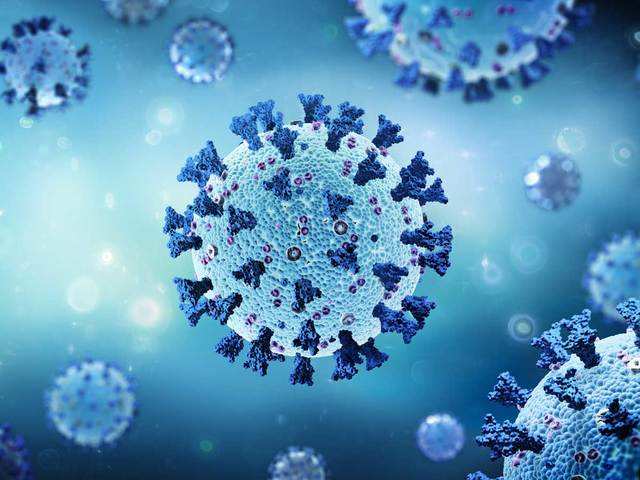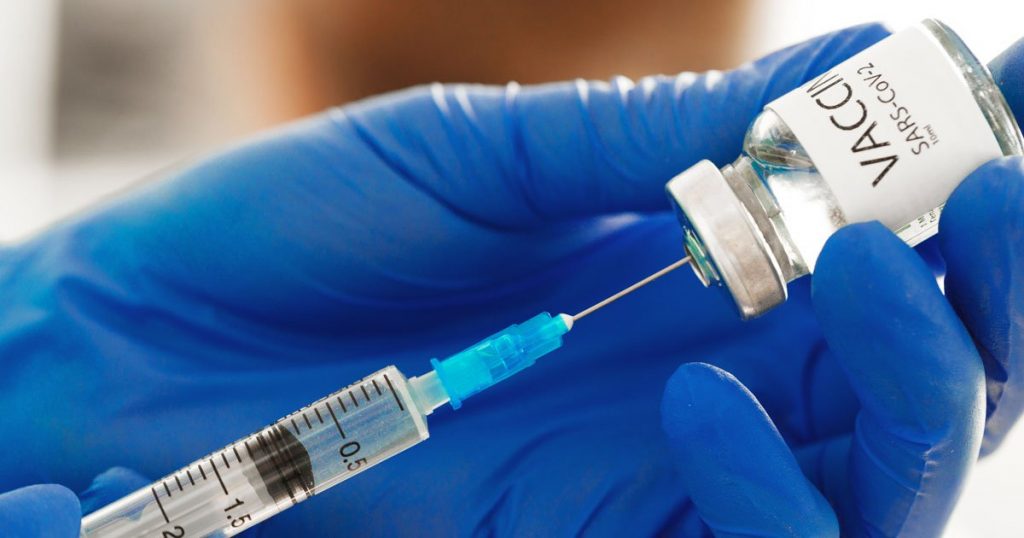
A new study reveals a protein-based vaccine with nanoparticles that can mimic the SARS-CoV-2. Here is everything you need to know about this potential vaccine candidate.
What is the study all about?

Researches discovered a new nanoparticle that is similar to the coronavirus. They also covered its surface with an antigen found in SARS-CoV-2, the receptor-binding domain (RBD). Then, into mice. In addition to this, they also injected another nanoparticle with an adjuvant antigen. The adjuvants are ‘helper’ molecules that aid us by boosting the immune response. Hence, cancer patients take adjuvant injections before chemotherapy.
The vaccine, injected three weeks apart, in two doses, similar to the coronavirus vaccine. To compare its action, they also immunized another set of mice with polymersomes, a type of artificial vessel containing RBD. And, just like the first set of mice, the second also received the adjuvant. However, despite the fact that both groups have RBD-specific antibodies only the first set of mice generated antibodies that neutralized and prevented infection from coronavirus.
More on the protein-based vaccine
The protein-based vaccine can train the immune system in recognizing the RBD antigen. After all, the RBD antigen is present on the spike protein of the SARS-CoV-2 and is used to infect and enter human cells. At present researchers hope to see if this can be further improved. One such way is to engineer the nanoparticles to mimic viruses by displaying several copies of the RBD on their surfaces.
Are these vaccines better?
Yes, they are. That’s because surface decorated nanoparticles are active and highly stable for a minimum of six months with refrigeration. Additionally, they do not need subzero temperature storage like the mRNA vaccines.
